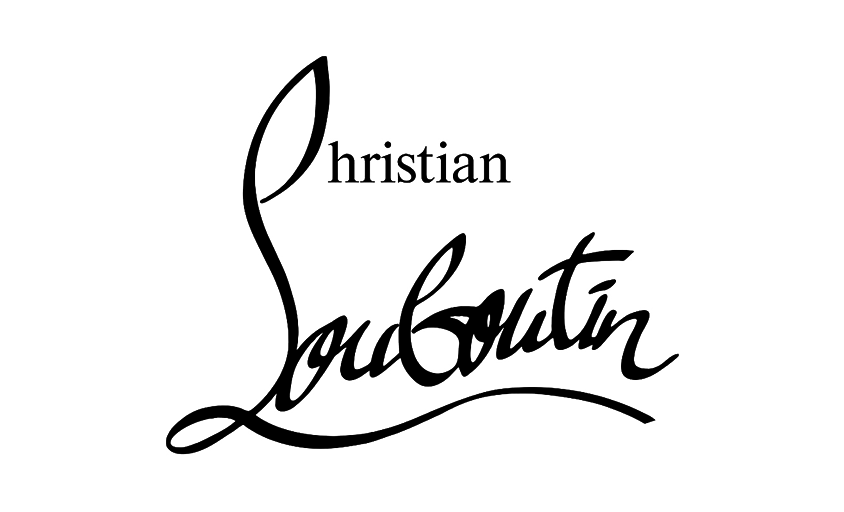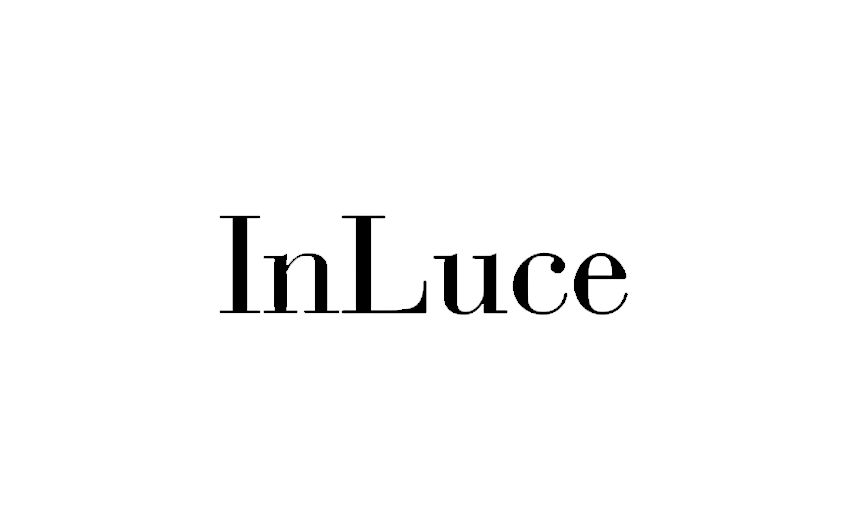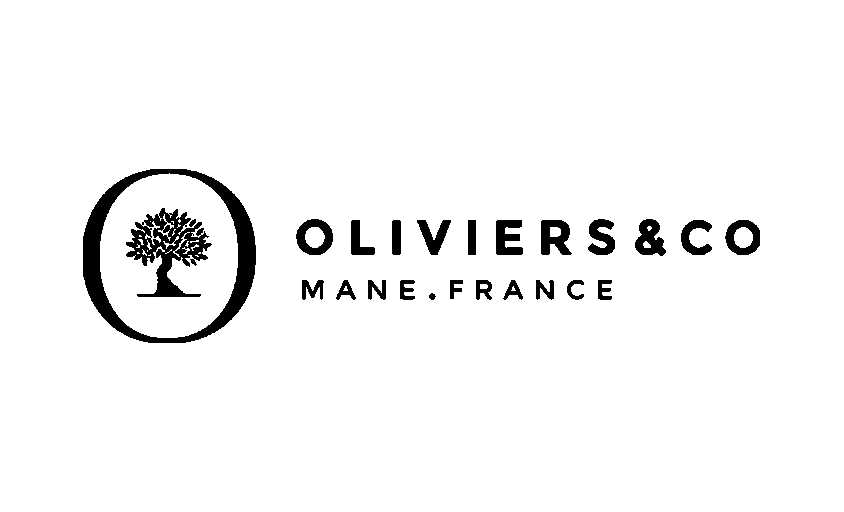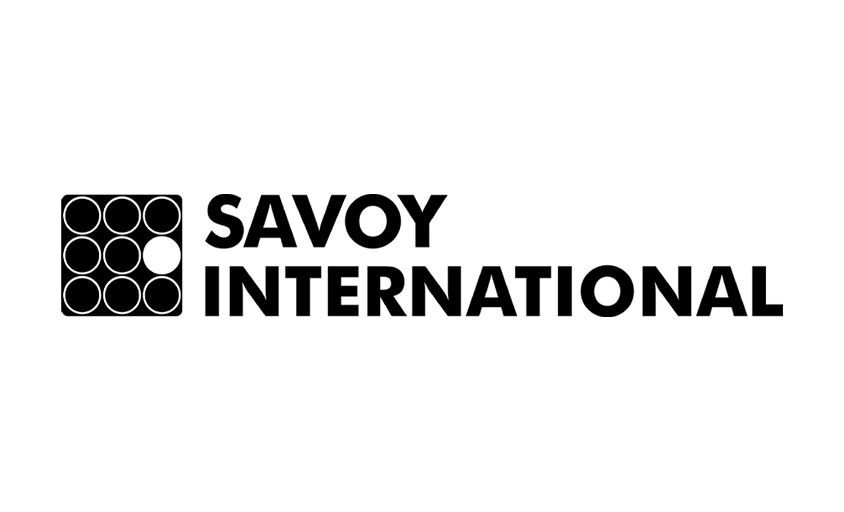Simple Tips and Tricks in Photo Editing
In this article :
Photo retouching is a subtle art. Between light corrections and bold transformations, knowing how to adjust an image without distorting it requires both technique and sensitivity. Whether for professional or personal use, certain methods allow you to achieve a polished result with minimal effort.
Rather than listing tools without context, let’s explore some simple tips and tricks that can truly elevate your approach to editing.
Light and Contrast
Lighting is one of the most delicate aspects of photo editing. If the contrast is too strong, the image looks artificial. If it’s too flat, it lacks impact.
A good contrast adjustment often involves slightly deepening the blacks and reducing the highlights, adding depth without flattening the image. Tweaking shadows and highlights separately helps preserve details, especially in bright areas of a portrait or landscape.
Using tone curves in software like Photoshop or Lightroom gives you more precise control than a basic slider, allowing you to fine-tune each range of brightness.
Colors and Tones
A well-balanced photo in terms of color naturally catches the eye. To avoid overly dominant color casts, several settings need to be fine-tuned:
- Color temperature: A photo that feels too cold leans toward blue; warming it up with a shift toward orange can bring life back into the image.
- Saturation and vibrance: Slightly increasing vibrance enhances colors in a subtle, non-overbearing way.
- Color harmony: Carefully adjusting hues helps correct imbalances and gives the image a more cohesive look.
In portraits, for instance, if the skin appears too red, tweaking the red and orange hues can fix it without altering the rest of the image.
The Background: A Key Element of Composition
The background of a photo plays a crucial role. If it’s too busy, it can draw attention away from the main subject.
Removing distractions with the clone stamp tool helps simplify the visual flow of the image. When a setting doesn’t work, sometimes it’s best to change the background entirely for a more professional result.
In the case of a photo background for a CV, a clean, neutral background immediately gives a more polished appearance. A subtle blur can also help reduce distractions without affecting the subject itself.
The Secret to a Striking Image
A strong image edit isn’t just about color and lighting. Managing details and textures is just as essential.
- Sharpening specific areas (like the eyes in a portrait or the texture on a product).
- Using a gradual blur or vignette to guide the viewer’s eye.
- Working with layer masks to apply effects locally and precisely.
A balanced edit enhances the photo while preserving its natural feel.
Conclusion
You don’t need to apply countless effects to achieve an effective edit. The key is subtlety and balance, using simple tips tailored to each image.
Mastering basic adjustments, along with a good sense of color and contrast, makes all the difference between a successful retouch and an artificial-looking image. Whether it’s a portrait, a product, or an artistic shot, a minimalist approach is often the most impactful.
Jérémy Carlo is the editorial director at Rétines, where he ensures the consistency and clarity of all content produced by the studio.
Our Clients
Let’s discuss
What we do for you at Rétines
Meticulous work, an organised project and fast delivery. And to achieve this, we mobilise the right resources in our teams at the right time.
01
Pre-production
Artistic and technical direction tailored to the project.
Relevant recommendations on content, form and resources.
02
Photo Shooting
Photos taken by our experienced photographers.
Production that’s controlled, efficient and tailored to the needs of the project, with nothing superfluous.
03
Retouching
Technique
Photographs magnified by our retouching team.
Post-production to meet the commercial challenges of the brief.












